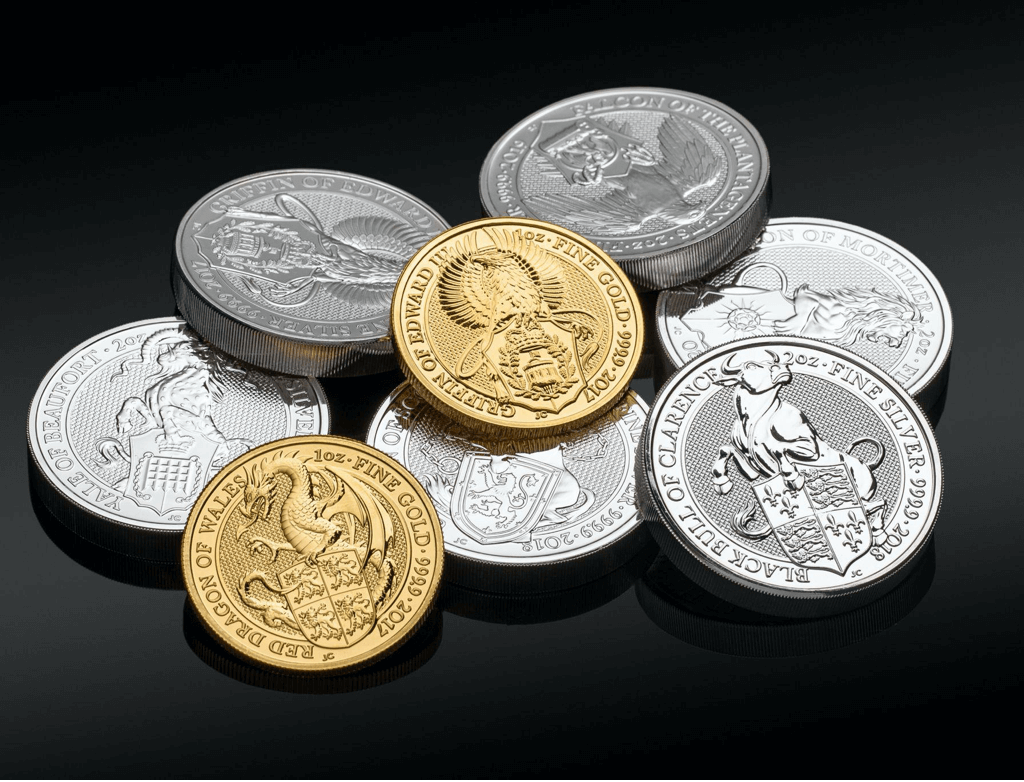Silver is a valuable metal that has been used for ages in a variety of purposes, including coinage, jewelry, and industrial uses. It has a variety of qualities that suggest it may be a profitable investment for the buyer. When contemplating an investment in silver, the following are some important factors to keep in mind:
Demand from industry
Silver is used in a broad variety of industrial applications, such as electronics, medical equipment, solar panels, and catalytic converters. The increased demand for silver may contribute to the price going higher.
Silver is a finite resource, which means that there is only a specific quantity accessible for mining and manufacturing. There is a limited supply of silver. When there is a rise in demand for a metal and there is a limited supply available, this might lead to an increase in price.
Investing in silver, which has a low correlation with other assets such as stocks and bonds, may assist to diversify an investment portfolio. This is because investing in silver tends to be uncorrelated with other asset classes. This may contribute to a reduction in total risk, which may also result in improved returns.
Safe-haven asset
Silver is often regarded as a safe-haven asset, which means that it has a tendency to perform well in the midst of economic unpredictability or market turbulence. Because the value of the metal has a tendency to increase while the value of paper money tends to decrease, it is also often employed as a hedge against inflation.
Financial instruments or assets that are perceived as being generally steady and low risk are both examples of safe-haven assets. Due to the fact that they have a low connection to the general performance of the market, these kinds of assets often perform very well during times of economic instability or market volatility. When it comes to the maintenance of their wealth and the decrease of their exposure to risk, investors often search for assets that may be categorized as “safe havens.” When looking at investing in safe havens, there are a few key factors that should be taken into account, including the following:
In times of market stress or economic depression, safe-haven assets are frequently classified as those that tend to preserve or even rise in value despite the volatility in the market or the economy. This is because safe-haven assets are considered to be less volatile than other types of investments. They are seen as a method of saving money and lowering one’s risk of being put in harmful situations.
Gold, silver, and other precious metals are some examples of the kind of assets that are often considered to be safe havens. Other examples include cash, government bonds, and U.S. Treasury bills. Gold, silver, and the many other precious metals are some additional examples of assets that are considered safe havens. These assets are often considered to have a low degree of risk and to be relatively stable. [Citation needed] As a consequence of this, investors commonly decide to purchase them as a measure of protecting their capital from the repercussions that might occur from times of uncertainty.

Reduced risk
The inclusion of safe-haven assets in a portfolio may help reduce the overall risk of the holdings in that portfolio by providing a component that is both stable and low risk. During periods of market volatility, they have the potential to serve as a buffer against losses that occur in other sections of the portfolio, which allows them to protect the overall value of the portfolio.
The low connection that safe haven assets often have with other asset classes, such as equities and bonds, makes them a fantastic option for diversifying an investment portfolio. This might be a factor that contributes to a lower overall risk, which could also result in greater profits.
However, despite the fact that safe-haven assets may provide some degree of protection during times of economic uncertainty, it is important to note that having these assets does not ensure that one will not incur a loss. They are also susceptible to being influenced by a wide range of circumstances, such as variations in market conditions or adjustments in the attitude of investors. Additionally, it is possible that safe-haven investments may not always deliver the same amount of return as other assets with a greater degree of risk.
Nevertheless, before making a choice about any prospective investment with https://www.investorscircle.net/silver-ira-rules/, it is necessary to give thorough consideration.
Appreciation over the long term
Silver has a lengthy history of appreciating in value, with prices usually moving in an upward direction over the course of time. Silver has been a good investment over the long run, despite the fact that there have been moments of volatility in the market.
Silver, just like any other sort of investment, is not devoid of the possibility of experiencing losses, just like any other kind of investment. The price of silver may be affected by a broad variety of factors, including the current status of the economy, the dominant market trends at the time, as well as key events that occur in geopolitical arenas. It is vital to give careful attention, before deciding on any particular investment, to the potential risks as well as the prospective profits that are associated with that investment.
In general, silver has a diverse range of attributes that provide it with the potential to be an investment that yields a return. Its industrial need, limited supply, potential for diversification, and all of these other aspects may all contribute to the popularity of this asset as an investment. Additionally, its status as a safe-haven asset may also contribute to its desirability. However, before making a decision to invest in silver or any other asset, it is vital to give careful attention to the potential drawbacks in addition to the potential upsides. This is the case whether the asset in question is silver or any other.